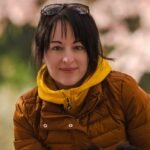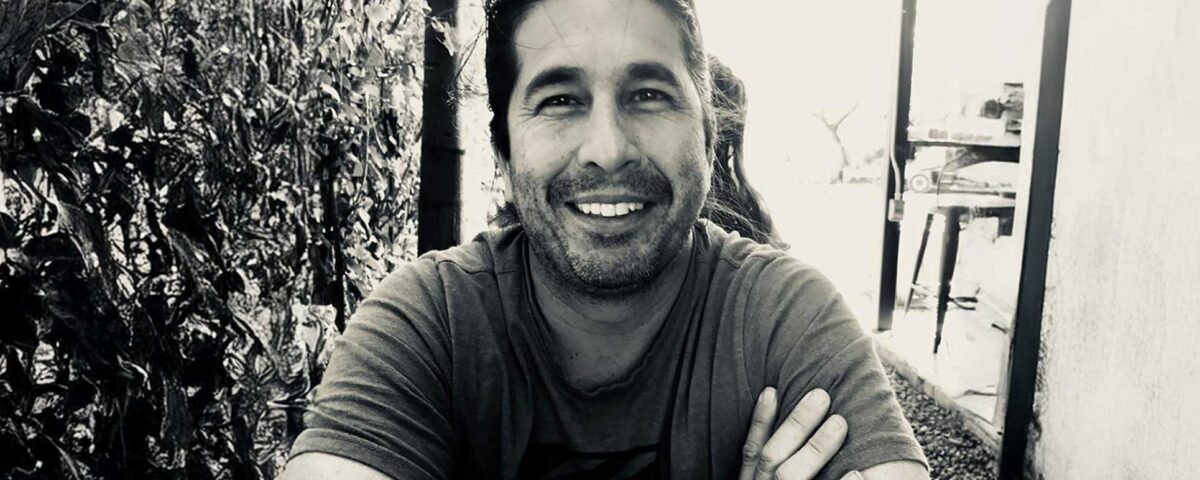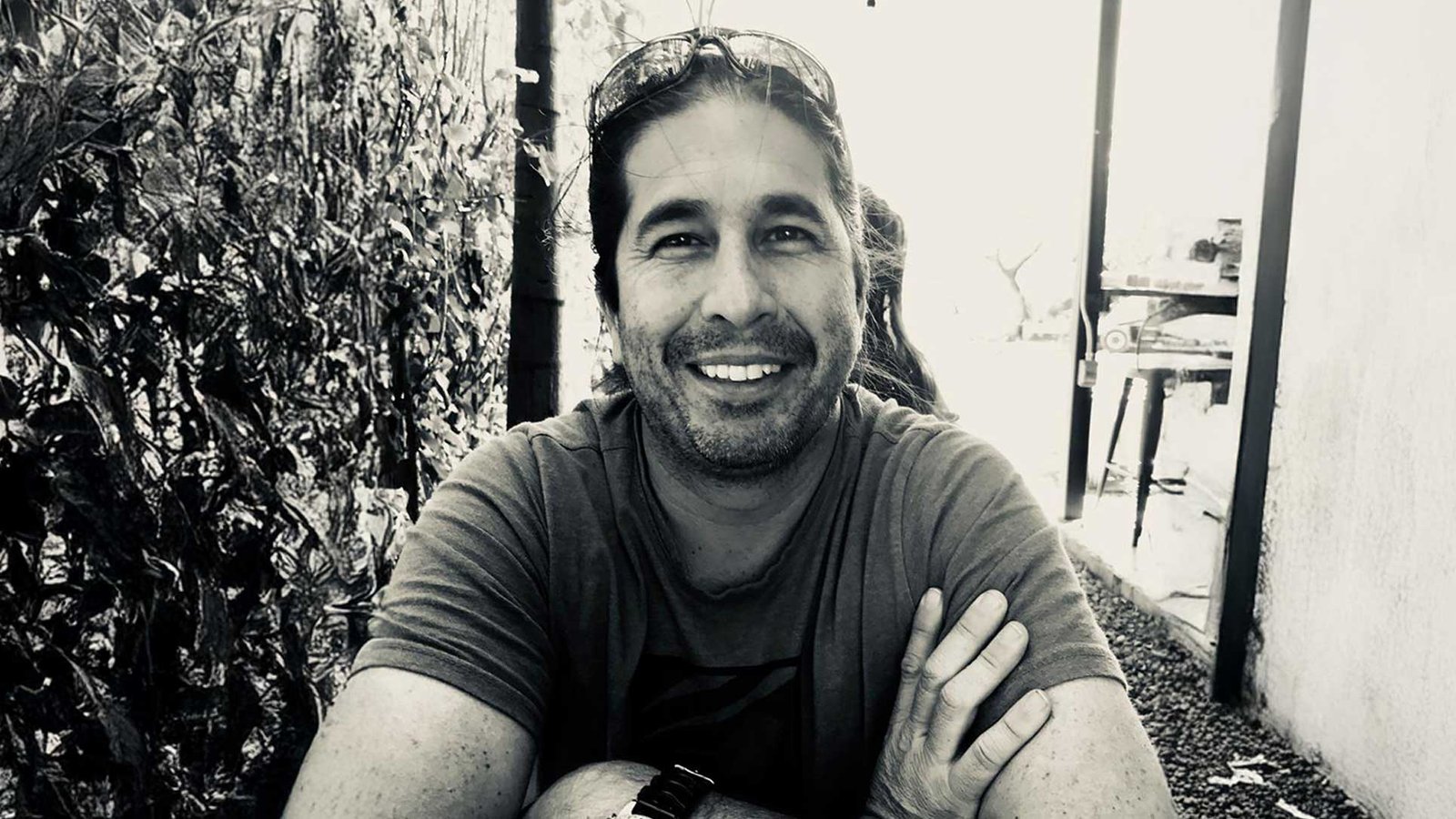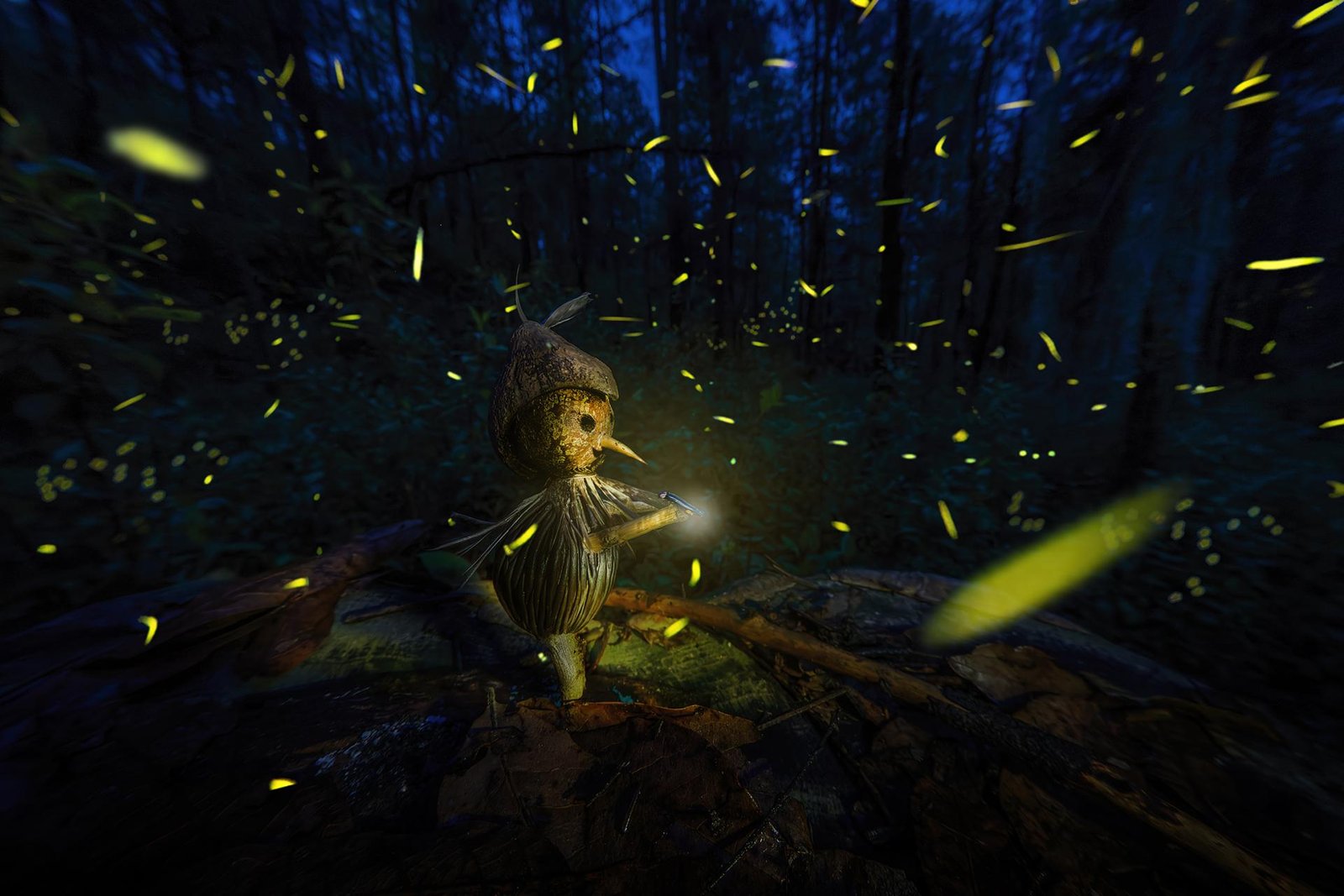1Congratulations on winning in the MUSE Photography Awards! Can you share a little about yourself, what inspired you to pursue photography, and how has your journey evolved since your first shot?
I was given a camera at a young age and grew up in a time when photographs were cherished. Watching my father and grandfather take pictures during family moments left a strong impression on me. The mystery and craft of photography sparked my curiosity.
2Can you share the story or inspiration behind your award-winning piece? How does winning this award make you feel about your journey in photography?
All three awards I received at the 2025 MUSE Photography Awards came from a single image. The photo represents a fictional guardian of the forest — a figure made from natural materials, surrounded by fireflies, in a scene that blurs the line between imagination and reality.
It’s part of a personal project where I combine storytelling with my love of nature. Winning in three different categories makes me feel that the emotion and intention behind the image were truly received and understood. It’s a rewarding moment in my path as a photographer.
3How do you decide which photo to submit for a competition?
I choose images that hold emotional weight or tell a story. I ask myself if the photo can speak without needing explanation. If it feels honest and resonates with my intention, then it's a strong candidate.
4What first made you pick up a camera?
Curiosity. As a child, I saw my father and grandfather use their cameras with care and intention, and it made me want to understand what they were seeing. My first camera was a 35mm Beirette. Once I started using it, I couldn’t stop.
I feel most connected to nature and wildlife photography. I enjoy being outdoors, observing without interfering, and capturing moments that are often missed. It’s also a way for me to promote conservation and awareness.
5What’s your favorite type of photography, and why do you love it?
I feel most connected to nature and wildlife photography. I enjoy being outdoors, observing without interfering, and capturing moments that often go unnoticed. It’s also a way for me to promote conservation and awareness.
6What’s your go-to camera setup, and why does it work best for your projects? What’s your favorite feature?
I work with Canon equipment because it’s reliable, adaptable, and delivers the image quality I need across a wide range of environments — from controlled studio setups to unpredictable conditions in the wild. What I appreciate most is how intuitive it feels in the hand, especially when time is critical.
One feature I rely on constantly is the silent shutter — it allows me to shoot without disturbing the scene, particularly when working with wildlife.
7If someone looked at your work, what’s the one thing you’d want them to feel?
Connection. I want viewers to feel something — whether it’s curiosity, admiration, or even discomfort. What matters most is that the image sparks a moment of awareness or reflection.
8What was the most challenging part of capturing your winning shot?
The wind and sand were intense during the shoot, making it hard to keep the dog focused and the equipment safe. Timing was everything—I had just a few seconds when the light, pose, and atmosphere aligned perfectly.
9Is there a specific place or subject that inspires you the most?
Another challenge was working in darkness with fireflies and finding the right exposure without losing the atmosphere. It took a lot of trial and error, and physical effort to create the scene on location.
10Who or what has been your biggest influence in photography?
The natural world is my greatest teacher. I’ve also learned a lot by observing other photographers at work — how they manage their gear, their team, and their timing. Learning through observation has shaped many of my own habits.
11What message would you share to inspire photographers to participate in photography awards, and what advice would you give to help them excel in the competition?
Be honest with your work. Submit images that truly reflect who you are and what matters to you. Competitions can be a way to discover your own voice and connect with others.
12What’s one piece of advice for someone just starting in photography?
Take your time. Practice often. Make mistakes and learn from them. Don’t rush to define your style—let it grow naturally from your experience.
13What role do editing and post-processing play in your creative workflow?
Post-processing helps me fine-tune the image to reflect what I experienced. I don’t try to change reality, but rather to bring forward the feeling or mood that was present.
14How do you see technology, like AI, influencing the future of photography and your own approach?
Technology can support us, make certain tasks more efficient, and help organize our work. But I believe the essence of photography remains presence and intention. Photography is about capturing light — a real, physical moment in time. Any AI process that generates imagery is not photography; it is AI-generated imagery and should be called as such.
15If you could photograph anything or anyone in the world, what would it be?
I am drawn to places or beings that are disappearing—whether natural ecosystems or cultural traditions. I’d like to document what’s fading before it’s gone, to create a memory that others can see and maybe act upon.








